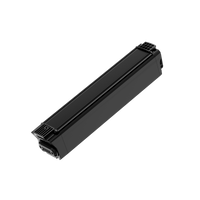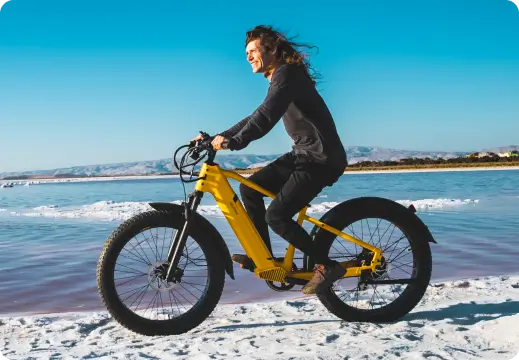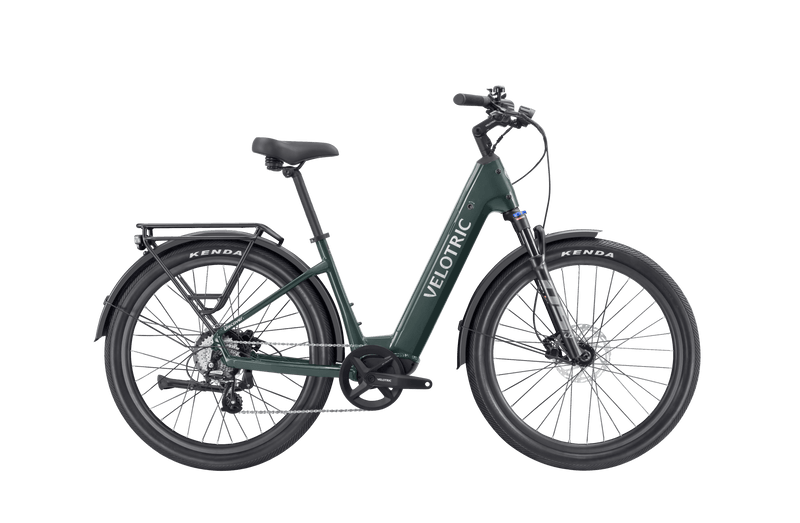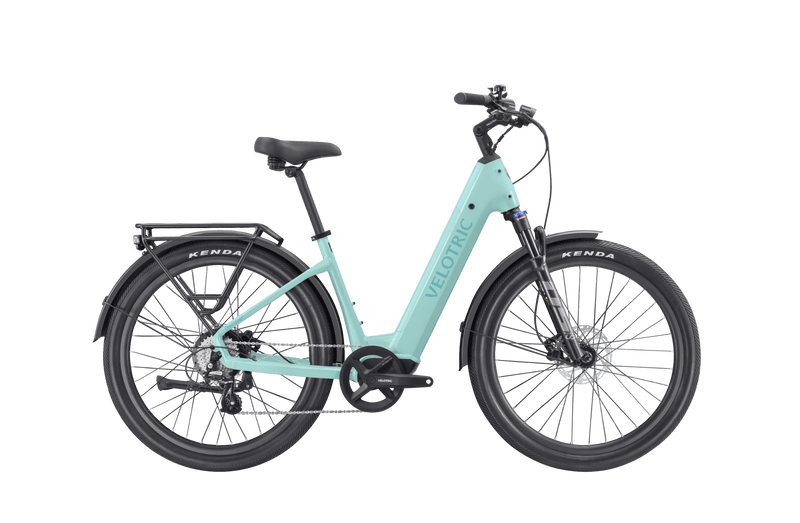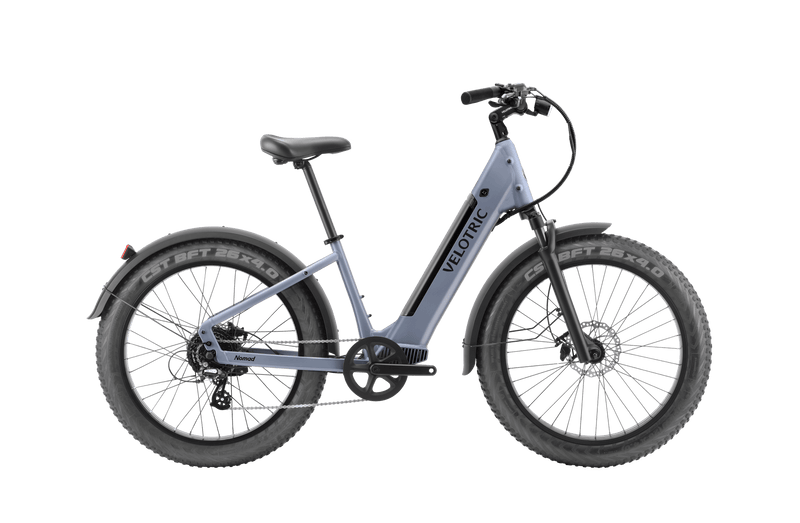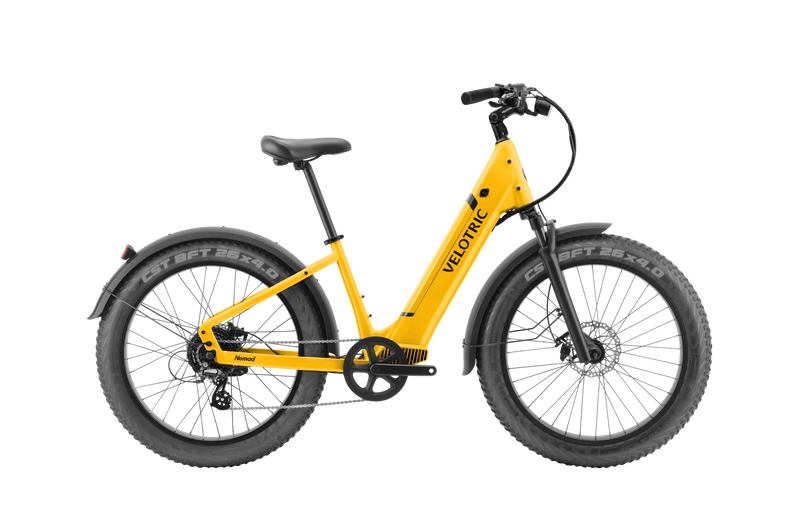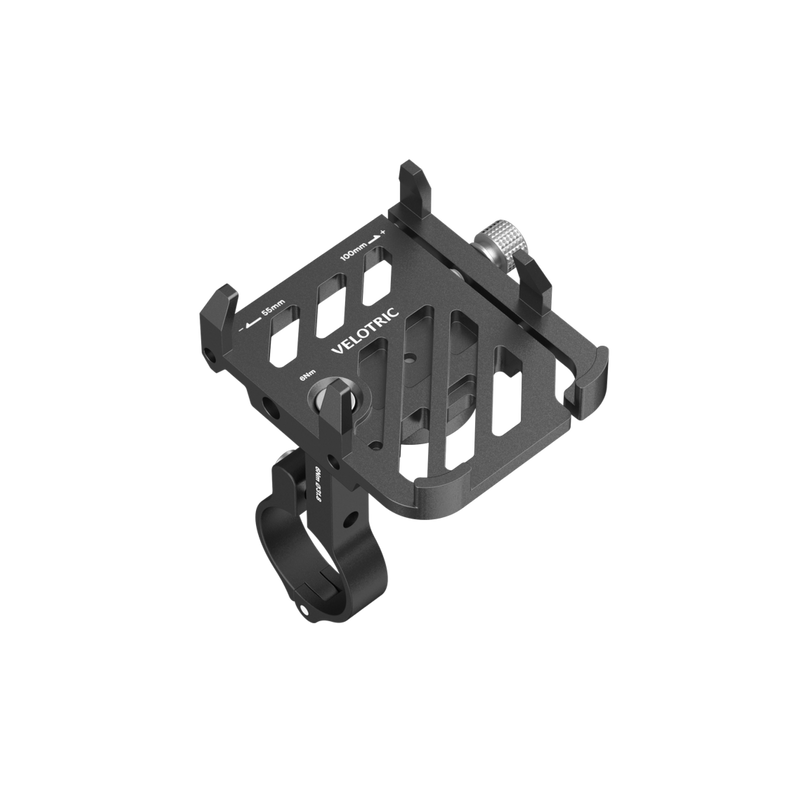Choosing the right seat height for your e-bike is crucial. It enhances comfort, efficiency, and safety. This article guides you through selecting the ideal seat height tailored to your needs.

Why an E-bike's Seat Height Is Important
The seat height on your e-bike plays a pivotal role in shaping your overall riding experience. Adjusting the seat to the correct height is crucial because it directly impacts your riding posture. When your seat is positioned optimally, it aligns your hips, knees, and feet in a way that promotes efficient energy transfer from your legs to the pedals. This alignment helps in maintaining a stable, controlled ride, allowing for smooth acceleration and effective handling of the bike.
On the other hand, if the seat is too high or too low, it forces your body into an unnatural posture, straining your back, hips, and knees. A seat that's too high will cause you to overextend at the bottom of each pedal stroke, leading to joint pain and potential injuries over time. Conversely, a seat that's too low means your knees remain excessively bent as you pedal, which can increase pressure on the knee joints and lead to discomfort and even long-term damage such as tendonitis or other overuse injuries.
Furthermore, correct seat height helps maintain balance on the bike. With the right height, a rider can effectively use their leg strength to pedal while still being able to reach the ground when necessary, such as at stoplights or when navigating through traffic. This balance is vital for both safety and confidence, especially in urban or busy riding environments.
Ensuring that your seat height is set correctly is not just about comfort; it's about optimizing performance and preventing injuries that could sideline you from enjoying your e-bike. Whether you're commuting, exercising, or simply enjoying a leisurely ride, the right seat height will enhance your control and enjoyment of your e-bike.
What to Consider When Choosing the Right Seat Height
Several factors influence the optimal seat height:
Leg Length
Leg length is the primary determinant of proper seat height. Ideally, when setting your seat height, you should aim for a position where your leg is almost fully extended at the lowest point of the pedal stroke. This position ensures efficient pedaling, reducing fatigue and minimizing the risk of injury. A simple method to check this is by sitting on the saddle and placing your heel on the pedal; at the lowest point, your knee should be straight without having to shift your hip. If your hips rock when pedaling, the seat is too high. Conversely, if your knee is significantly bent, the seat is too low.

Riding Style
Your riding style significantly influences how you should set your seat height. Leisure riders, who prioritize comfort and stability over speed, often benefit from a slightly lower seat height. This adjustment allows for easier stopping and starting, which is especially beneficial in urban environments or crowded spaces. On the other hand, performance riders-those who cycle for fitness or in races-generally prefer a higher seat position. A higher seat optimizes the power transfer from legs to pedals, enhancing endurance and speed. Adjusting the seat height according to your riding style can improve your overall riding experience by aligning your body's mechanics with your cycling goals.
Bike Type
Different e-bike designs and models have varying geometries, which can affect the ideal seat height. For instance, a mountain e-bike designed for rugged terrains and trails might require a different seat height compared to a road e-bike, which is tailored for speed and long distances on smoother surfaces. Each type of bike is designed with specific uses in mind, and adjusting the seat height accordingly can maximize the bike's performance and your comfort. For example, mountain bikes often have a lower seat height to improve the rider's center of gravity, enhancing balance and control over uneven terrain. Road bikes, however, usually feature a higher seat setting to facilitate an aggressive, power-efficient pedaling posture.
Proper seat height is not a one-size-fits-all setting but should be customized to the rider's physical attributes, the style of riding, and the specific characteristics of the bike model.
Do Your Feet Need to Touch the Ground While on the E-bike?
Not necessarily. It's a common misconception that both feet must fully touch the ground when seated on an e-bike. In reality, having the ability to touch the ground with just the toes or the balls of your feet is usually adequate. This level of contact is sufficient to maintain stability and balance when you need to stop, such as at traffic lights or during urban commutes. Full foot contact can lower your seat height too much, negatively affecting your pedaling efficiency by forcing your knees to bend excessively during the ride. The optimal seat height allows you to extend your legs properly while pedaling, enhancing both comfort and pedal power, yet still enables minimal ground contact for balance when stationary. This balance is crucial for safe and efficient riding, especially in scenarios where frequent stops are part of your route.

3 Easy Ways to Decide the Right Seat Height
Use the three effective methods to help you find the optimal seat height:
Heel Method
This method provides a straightforward way to adjust your seat height without needing specialized tools. Begin by sitting on your e-bike and placing your heel on the pedal. Make sure the pedal is at its lowest point in the cycle. Adjust the seat height until your knee is fully extended and your leg is straight in this position. When done correctly, this should result in a slight bend in your knee (about 25 to 30 degrees) when you place the ball of your foot on the pedal, the typical riding position. This slight bend is crucial as it prevents overextension during pedaling, which can lead to joint stress and fatigue.
109% Method
For those seeking precision, the 109% Method offers a more scientific approach, often used by professional cyclists and serious enthusiasts. First, measure your inseam from the floor to your crotch, where the saddle would ideally sit. Multiply this length by 1.09 to find the optimal seat height from the pedal at its lowest position to the top of the saddle. This calculation is based on biomechanical research that suggests this ratio maximizes the efficiency of each pedal stroke without causing overextension or excessive bending, thus optimizing both power and endurance.
Holistic Fit
If you are a frequent rider, investing in a professional bike fitting can be highly beneficial. A holistic fit not only considers seat height but also other factors like saddle position, handlebar height, and reach. This method is particularly useful for riders with specific physical concerns, such as past injuries or chronic pain. During a professional fitting, various measurements are taken, and your riding style is analyzed to ensure every aspect of the bike's geometry suits your body perfectly. This tailored approach helps in enhancing overall comfort, performance, and injury prevention.
Whether you opt for the quick adjustment of the Heel Method, the precision of the 109% Method, or the customized approach of a Holistic Fit, properly setting your seat height is key to achieving a comfortable and efficient ride.
Final Words
The right seat height on your e-bike makes a big difference. It ensures safety, comfort, and optimal performance. Use these guidelines to adjust your seat height, but also consider a personalized fit for the best results. By the way, if possible, try a test ride, for it is the best way to feel whether the e-bike seat height adjustment feels comfortable.


























